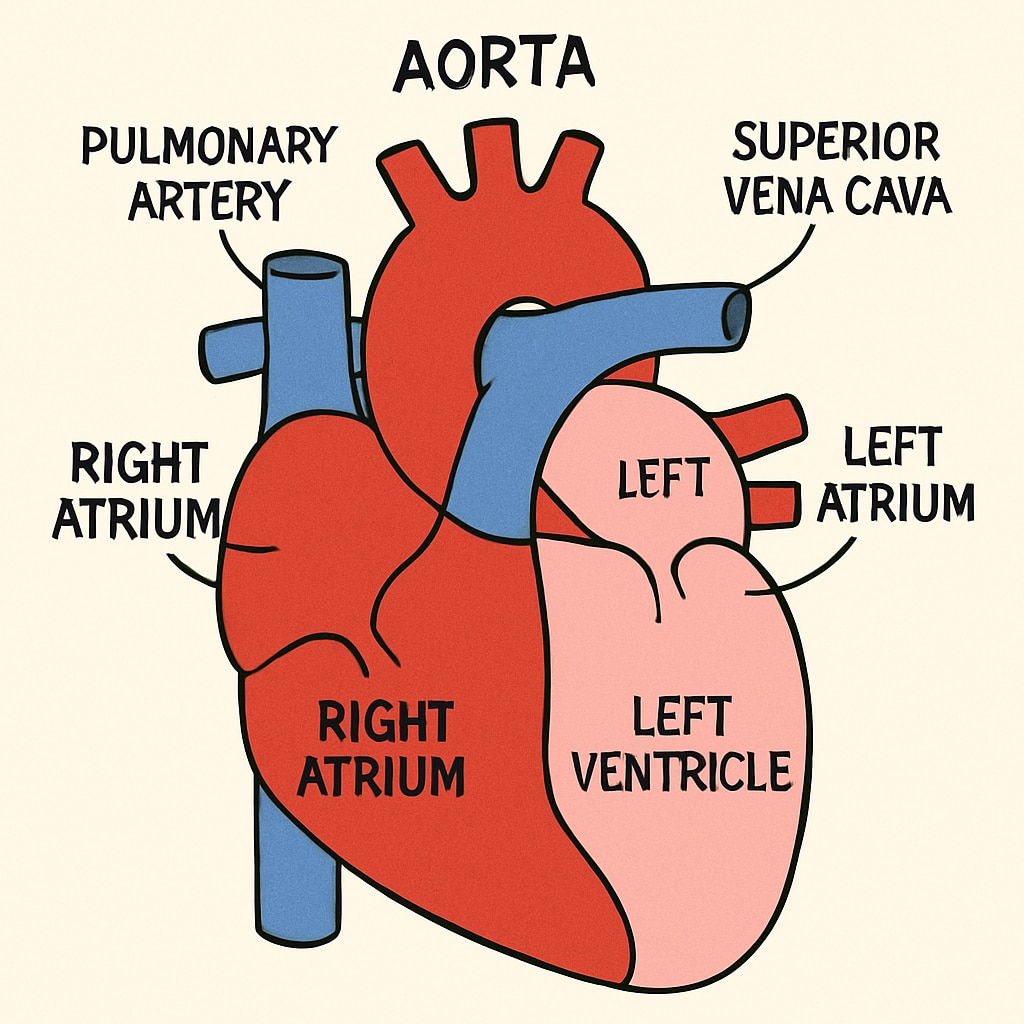For non-medical students curious about the field of medicine, finding the “right fit” in educational resources can be daunting, especially when exploring specialized topics like cardiology. Whether you’re a K12 student or a lifelong learner, the challenge lies in navigating complex medical jargon and advanced concepts while seeking beginner-friendly material. Fortunately, online courses and other platforms offer solutions tailored for non-medical audiences. In this article, we’ll outline how to locate cardiology resources that strike the perfect balance between accessibility and depth.
Understanding the Challenges Faced by Non-Medical Learners
Non-medical students often encounter barriers when attempting to learn about cardiology, a branch of medicine focused on heart health. For example:
- Overwhelming Technical Language: Many educational materials are designed for medical students and professionals, making them difficult for beginners to comprehend.
- Lack of Entry-Level Resources: While advanced cardiology textbooks abound, introductory resources tailored for non-medical audiences can be hard to find.
- Time and Commitment: Medical courses often demand significant time—something casual learners may struggle to provide.
These hurdles can deter individuals who are genuinely interested in cardiology and heart health. However, the good news is that a variety of beginner-focused tools and platforms are available, which we will explore below.

How to Identify Beginner-Friendly Cardiological Resources
Finding cardiology resources tailored to non-medical learners involves strategic planning. Below are some actionable steps to guide your search:
- Start with Free Online Platforms: Websites like Khan Academy and edX offer beginner-friendly medical courses, including cardiology topics.
- Use Visual Aids: Seek resources that include diagrams, animations, and videos to simplify complex concepts. For instance, YouTube channels like Osmosis provide accessible medical explanations.
- Leverage Mobile Apps: Applications such as Complete Anatomy or Human Anatomy Atlas are great tools for interactive learning.
- Choose Modular Learning: Opt for courses that allow flexible pacing, so you can learn at your own speed.
As a result, these strategies can help non-medical learners gain confidence and expand their understanding of cardiology without feeling overwhelmed.
Top Recommended Online Courses for Non-Medical Students
If you’re ready to take the next step, consider the following beginner-friendly cardiology courses:
- “Introduction to Cardiovascular Medicine” on Coursera: This course provides a high-level overview of heart health, ideal for non-medical learners.
- “Heart Disease Basics” by the American Heart Association: A short program designed to educate the public on common cardiovascular conditions.
- “Cardiology Simplified” on Udemy: A beginner-focused course offering bite-sized lessons on heart anatomy and diseases.
These resources balance technical depth with simplicity, allowing learners to grasp foundational cardiology concepts without prior medical experience.

Conclusion: Empowering Non-Medical Students in Cardiological Education
For non-medical students intrigued by cardiology, the journey to find suitable educational resources begins with understanding your learning needs and preferences. By leveraging free platforms, engaging visual aids, and beginner-focused courses, you can build a strong foundation in heart health and its related sciences. Remember, the goal isn’t to become an expert overnight but to nurture a passion for learning that bridges the gap between curiosity and knowledge.
As cardiology continues to evolve as a critical medical field, accessible education remains vital for inspiring new generations of learners. So, whether you’re a high school student or a professional exploring a new interest, there’s no better time to dive into the fascinating world of heart health.
Readability guidance: This article uses short paragraphs, lists, and overviews to ensure clarity. It avoids complex jargon while maintaining professional accuracy. Transition words help create a logical flow, making the content approachable for non-specialists.


